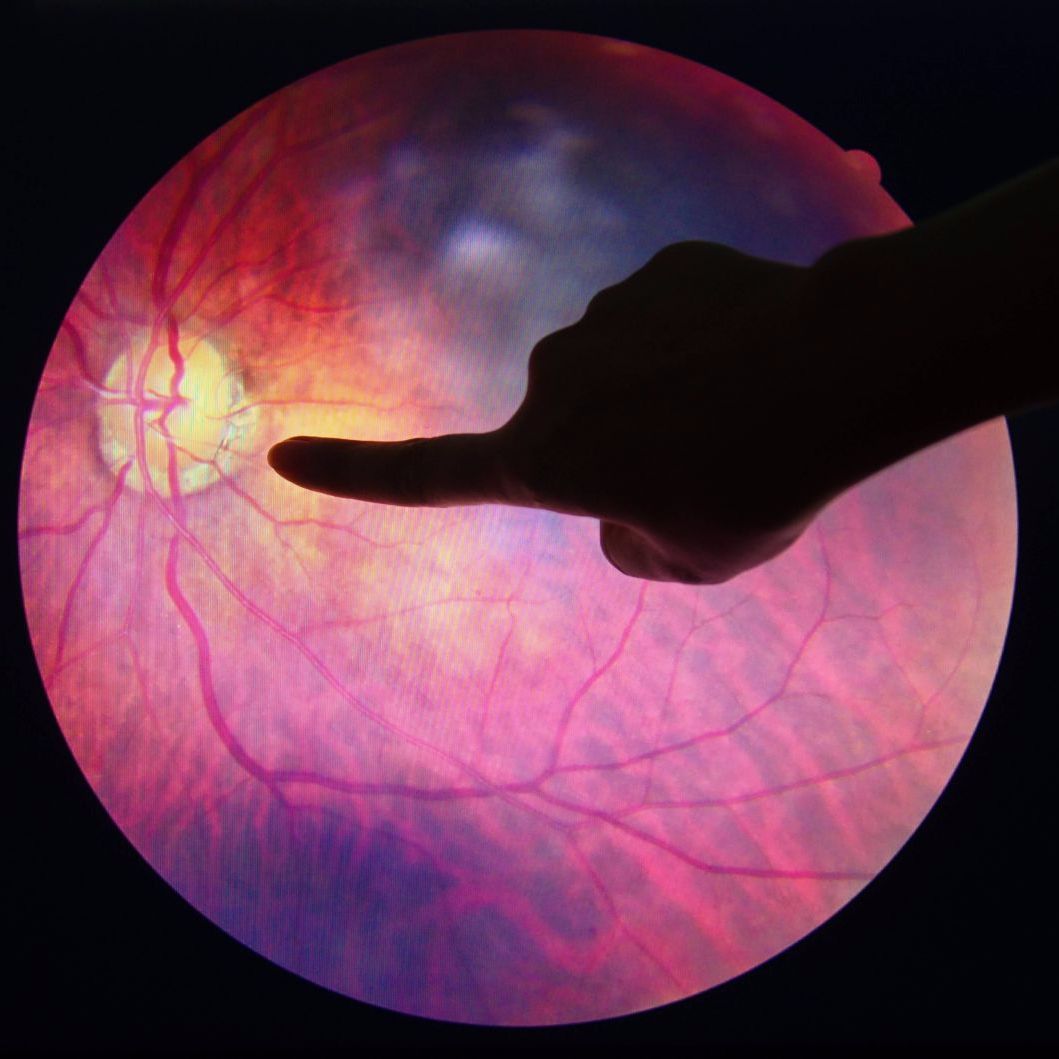Article
Potential Lipid Biomarkers for AMD Identified in Human Plasma
Author(s):
Researchers believe that metabolomic profiling could deepen the understanding of how lipids function in the pathogenesis of AMD

Researchers are getting closer to finding biomarkers of age-related macular degeneration (AMD), as well as gaining a deeper understanding of the pathogenesis of the disease, by utilizing the metabolomic profiles of human plasma.
In a recent study, investigators explored patients with AMD to compare their metabolomics with those of study participants who did not have AMD. The researchers noted that ultimately, they aimed to help develop metabolic biomarkers for AMD in order to better understand the mechanisms of the disease.
The study was conducted at Massachusetts Eye and Ear at Harvard Medical School and was of a cross-sectional, observational design. Patients diagnosed with AMD were recruited from January 2015 through July 2016. The researchers also recruited a control group consisting of people over the age of 50 who had no evidence of AMD and who met the same inclusion criteria.
There were a total of 120 participants, with 30 in the control group and 90 in the AMD group. Of those participants with AMD, 29 were considered to have early AMD, 30 had intermediate AMD, and 30 had late AMD. The researchers controlled for several possible confounders, including age, gender, body mass index (BMI), and smoking status, but “only age showed a statistically significant difference among the different study groups,” they reported.
The researchers identified 878 named metabolites, of which 173 were “determined to be exogenous to humans,” and were excluded because they could not be associated with systemic biological factors. In order to learn more about the significant metabolites, and to determine differences in early, intermediate and late AMD, the researchers used an analysis of variance and performed a pathway analysis to better understand the findings biologically.
“This combines overrepresentation analysis with topology analysis to identify pathways that are dysregulated in AMD based on (1) the number of metabolites from our significant metabolites that fall within Kyoto Encyclopedia of Genes and Genomes — defined metabolic pathways and (2) the positional importance of our metabolites within these pathways,” the authors wrote.
The researchers found that 87 metabolites were significantly different in AMD patients compared with controls. In fact, measurements of those metabolites alone could be used to predict AMD cases. Furthermore, 48 of those metabolites differed across the different stages of AMD. “Most of the significant metabolites are involved in lipid metabolism, in particular glycerophospholipid metabolism,” they wrote, adding that “these metabolites include stearoyl-arachidonoyl-glycerol, a diacylglycerol, and 1-stearoyl-2-arachidonoyl-glycerophosphacholine, a phosphatidylcholine.”
The current study builds on previous research into plasma metabolomics in AMD, but extends that work across all stages of the disease. The role of lipids in the pathophysiologic process in AMD has been the topic of previous research as well, but exactly what role they play is still unknown. The authors believe that metabolomic profiling could deepen the understanding of how lipids function in the pathogenesis of AMD.
The full study can be found in the journal of the American Academy of Ophthalmology.





